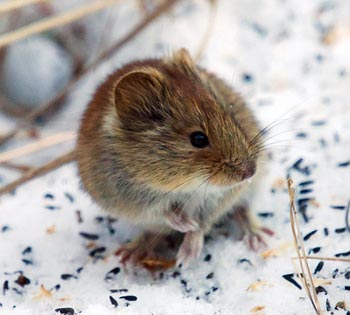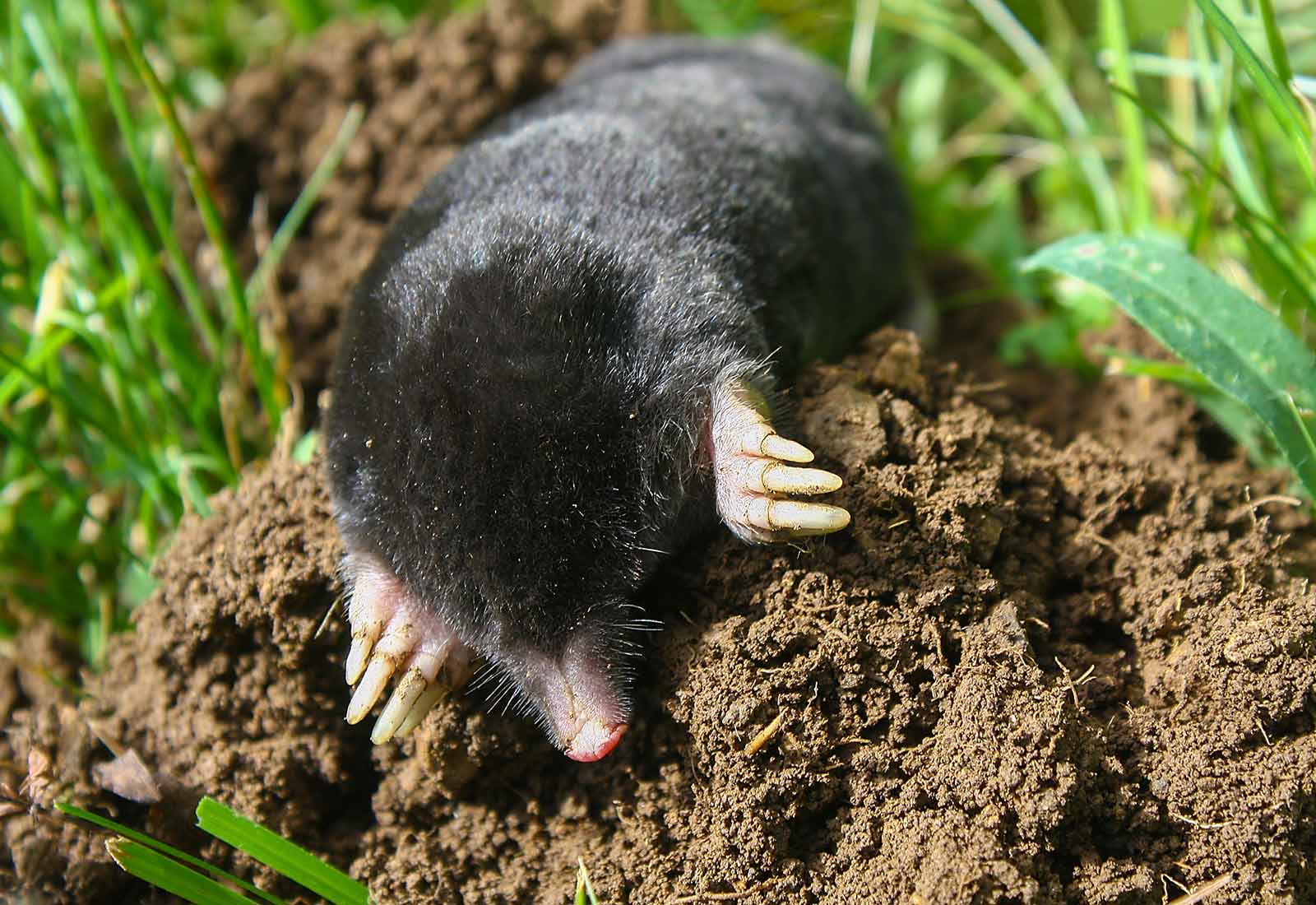Shield Your Yard: Efficient Vole Control Techniques
Shield Your Yard: Efficient Vole Control Techniques
Blog Article
Comprehensive Guide to Effective Vole Pest Control: Problem Identification and Therapy Techniques
In the realm of efficient bug control, vole infestations posture an unique challenge that requires a tactical method. By exploring the nuances of vole habits, recognizing key indicators of problem, and reviewing a range of control choices, one can develop an extensive method to battle these evasive pests.
Understanding Vole Habits
Vole habits is defined by their tunneling practices and fast recreation rates, making them a challenging pest to regulate effectively. Their fast reproductive price further complicates control initiatives, with women qualified of generating numerous trashes in a solitary year, each consisting of several spawn.
Understanding vole habits is essential for efficient insect control approaches. By recognizing their burrow locations, keeping an eye on feeding areas, and applying targeted control techniques, such as trapping or environment adjustment, vole problems can be taken care of effectively.
Indicators of Vole Invasion

Prevention Approaches
Applying efficient prevention strategies is essential in minimizing vole problems and guarding plants from their damaging feeding practices. To avoid vole infestations, it is vital to begin by getting rid of potential food sources and shelter.
Routinely checking the property for indicators of vole activity, such as runways and tunnel openings, is vital for early detection and timely activity. If vole activity is thought, take into consideration using repellents or traps purposefully positioned near their paths.
Non-Lethal Control Methods
To successfully take care of vole populations while prioritizing gentle methods, non-lethal control approaches offer sensible solutions for lowering vole damage in landscapes and yards. One reliable method is the usage of physical barriers such as hardware fabric or cable mesh to shield susceptible plants. These barriers can be hidden a minimum of 12 inches curved and deep at a 90-degree angle to stop voles from tunneling beneath. Furthermore, environment modification can discourage voles by lowering their preferred food sources and hiding areas. Keeping a well-mowed grass, removing debris, and maintaining plants cut can make the environment less enticing to voles.

Lethal Control Options
One effective method for dealing with vole problems in gardens and vole yard damage landscapes entails the calculated use of deadly control alternatives. When encountered with an extreme vole invasion that non-lethal approaches have fallen short to include, implementing dangerous control measures becomes essential. One generally used lethal control option is the usage of breeze catches. These traps are created to promptly and humanely kill voles upon activation, making them a prominent selection for lots of garden enthusiasts and landscaping companies. To increase the performance of breeze catches, it is advised to position them in areas where vole activity is high, such as along paths or near burrow entrances. Another deadly control choice is the use of poisonous baits specifically formulated to target voles. These baits include toxin that is ingested by the voles, bring about their eventual demise. Caution should be worked out when making use of poisonous lures to prevent harm to non-target animals or animals. In general, when utilizing dangerous control choices, it is important to do so properly and based on neighborhood policies to effectively handle vole infestations.
Verdict
Finally, efficient vole pest control needs an extensive understanding of vole behavior, recognition of signs of problem, execution of prevention techniques, and usage of both dangerous and non-lethal control approaches. By combining these approaches, individuals can efficiently handle vole populaces and safeguard their residential property from damage. It is crucial to address vole invasions without delay to prevent additional concerns and minimize the influence on the surrounding atmosphere.
Offered the intricate tunnel systems and quick reproduction rates particular of voles, acknowledging the indications of vole problem becomes crucial in effective insect control. One of the primary signs of vole presence is the existence of surface area runways or trails in yard or snow, normally concerning 1-2 inches broad, created as voles take a trip between their burrows and food sources.To properly take care of vole populaces while focusing on gentle methods, non-lethal control approaches use practical options for reducing vole damage in landscapes and gardens.One effective technique for attending to vole problems in gardens and landscapes includes the critical use of dangerous control choices. vole yard damage.In final thought, reliable vole bug control needs a thorough understanding of vole behavior, identification of indications of problem, implementation of avoidance strategies, and usage of both non-lethal and dangerous control techniques
Report this page